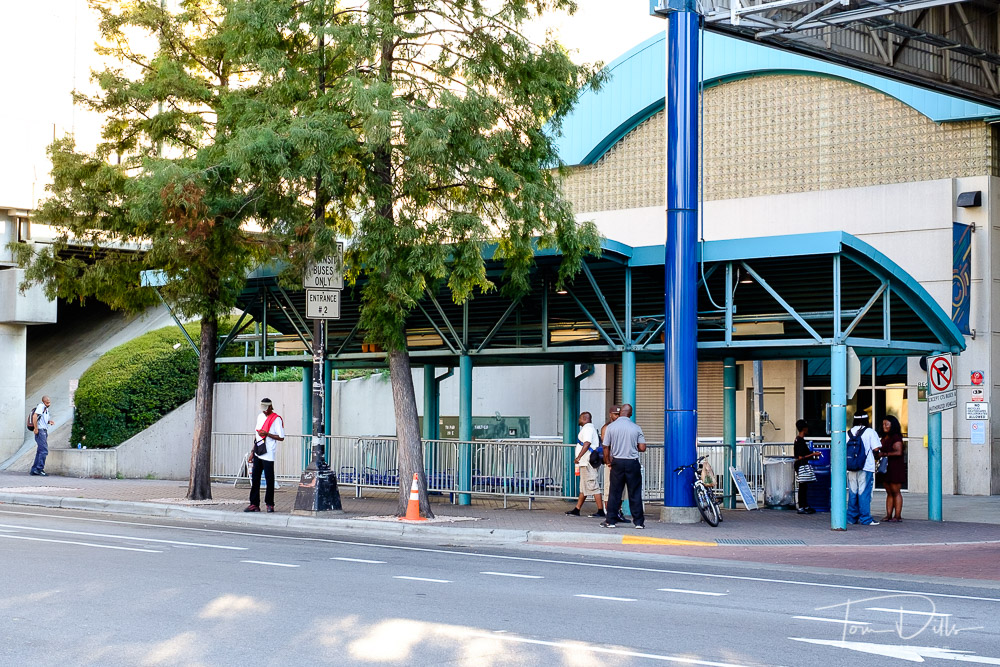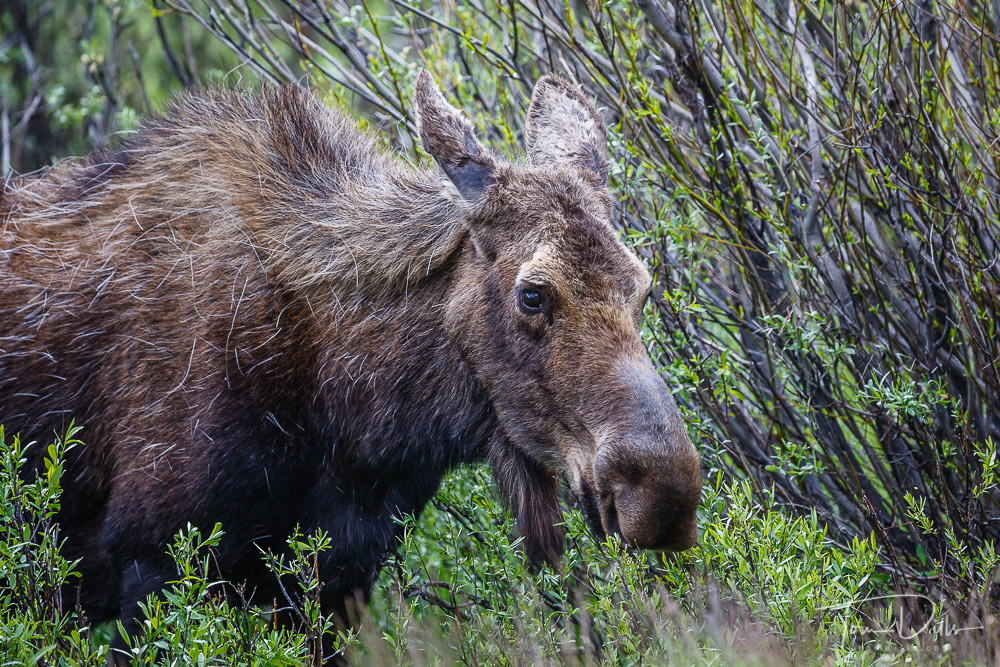
I took advantage of the snowy weather here to work on a long-overdue project of adding photo galleries to my website. I just added a gallery of photos from our visit to Colorado in 2015. I did say LONG overdue….
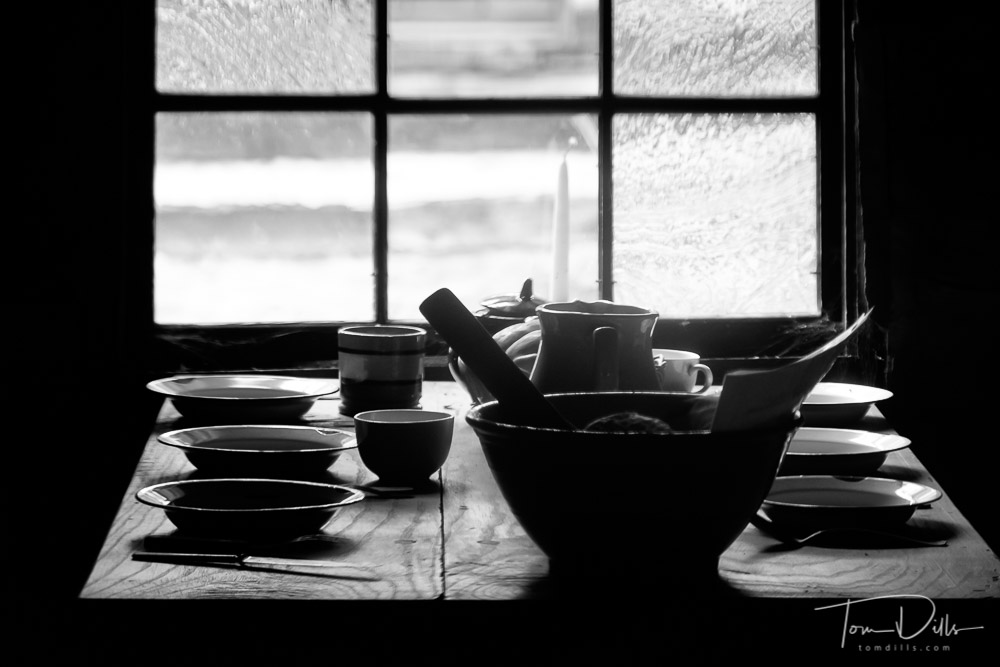
Kathy & I recently returned from a trip to Ohio to visit friends and family. One of the days that we were there, we visited Ohio’s “Amish Country” with our friends Bill & Cathy. There was an Amish area of western Pennsylvania when I was growing up, but I remember it as a place where my grandmother took her quilt tops to have quilted and to occasionally pick up a pie, some cookies or some cheese. It always involved stopping at someone’s farm or a small market and was always interesting because they seemed rather shy and didn’t socialize much. We did the business we came to do and then went on our way.
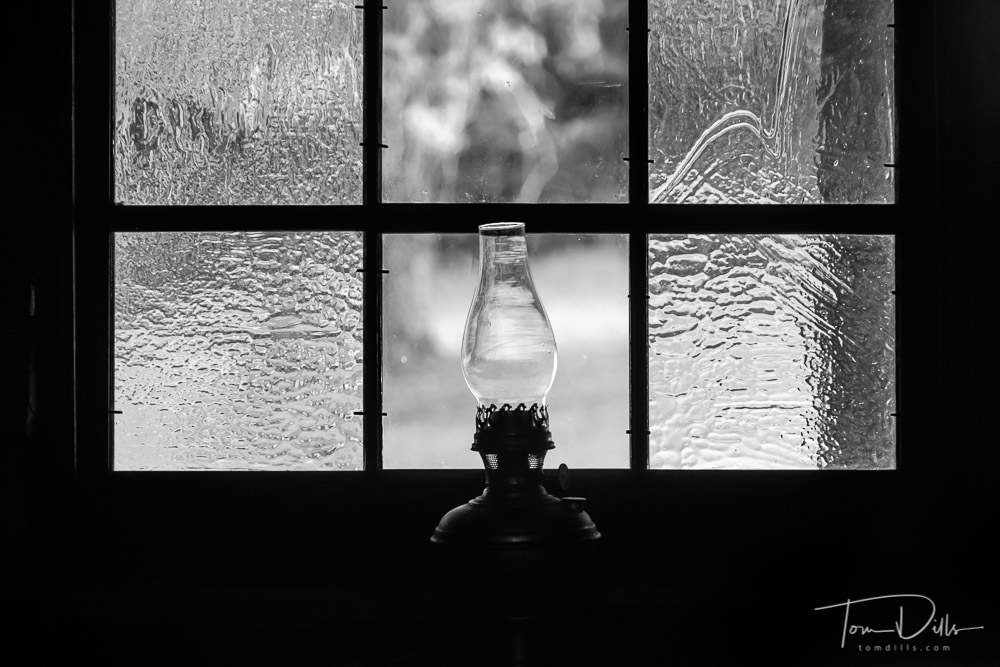
That was a long time ago, and I admit that the world has changed. But one of the things that struck me about this most recent visit to Amish Country was how commercialized it has become. While there are still genuine Amish farms, furniture builders and markets, they are almost overshadowed by these huge, I’ll call them “mega-markets” that support the throngs of tourists that visit each year. It is a far cry from the Amish country that I remember from when I was a kid.
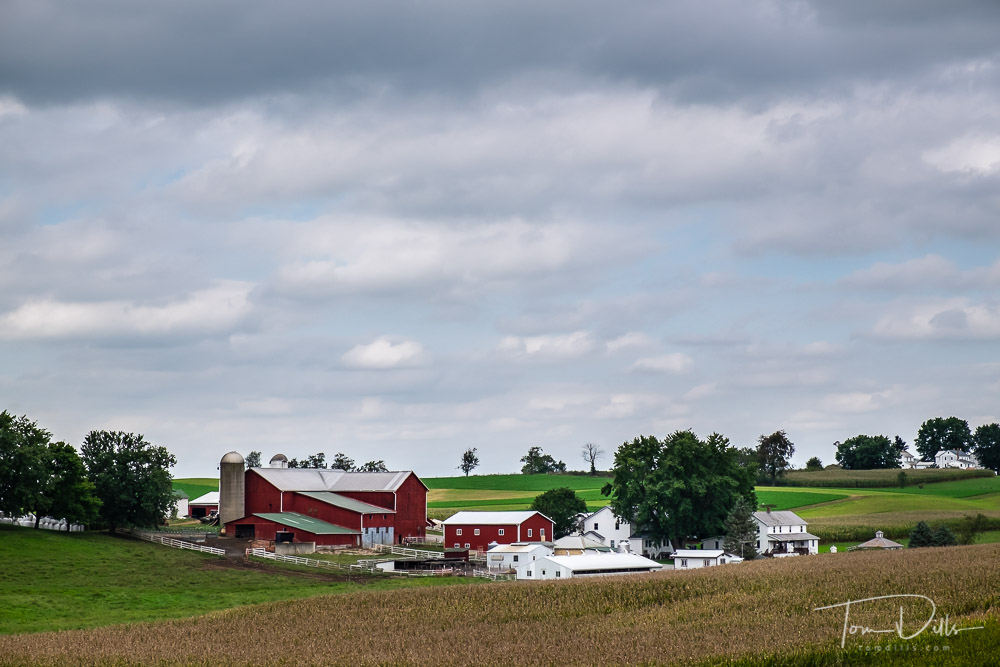
As examples, what was once a small sales area of a local cheese plant is now a huge retail outlet, larger than the actual factory itself, selling something like 100 different flavors of cheese. A place that was once a general store is now a multi-level trinket outlet with countless items to take home and store in our closets along with plenty of gifts for the kids and grandkids. Kathy refers to all that stuff as the “mommy-can-I-gets.” A restaurant called “Mrs. Yoder’s Kitchen” while possibly still owned by someone named Yoder, is essentially a huge dining hall with a kitchen and multiple buffet lines serving food that I wonder if the actual Amish would eat. Maybe I’m wrong but that was the impression I came away with. But the tourists love it!
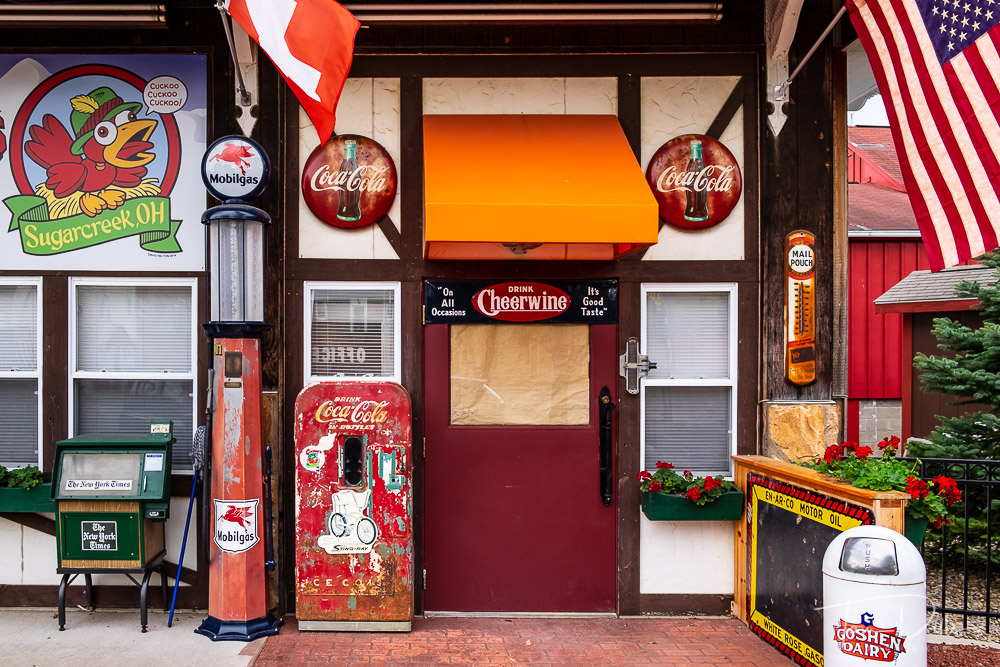
While we were in Amish Country I picked up a local tourist magazine that essentially contained advertising for all the places the tourists are supposed to visit while they are there. I was struck by the number of ads for businesses that seemed to revolve around activities that weren’t actually Amish – fancy hotels, clothing stores, restaurants, music and play theaters, souvenir shops. I couldn’t help but wonder how many of them were actually owned by the Amish and how much of the profits actually stay in the communities. It would be interesting to know if you could actually figure it out.
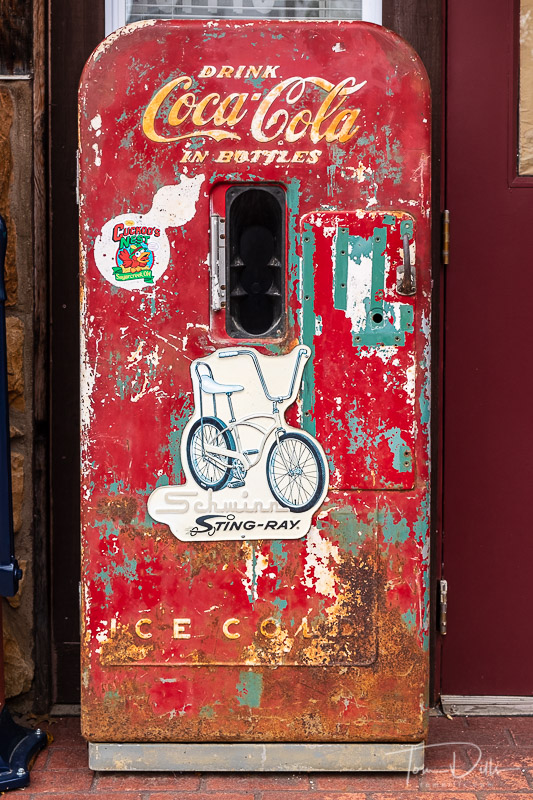
This isn’t all about the Amish or Amish Country, however, and my observations aren’t limited to one area of rural Ohio. In many ways this commercialization is a reflection of the overall focus on commerce in our society, and applies to cities big and small, islands in the Caribbean and cruise ports around the world. No longer is it enough to just enjoy the scenery on a walk down the main street in a cute little town in the middle of nowhere, but now our visit won’t be complete unless we have an opportunity to buy stuff. If you manage to even find the town itself it is almost a miracle! We’ve got antiques and gifts and fudge and restaurants galore, but too often the retail/tourism side of things has managed to erase whatever it was that caused the town to be interesting in the first place.
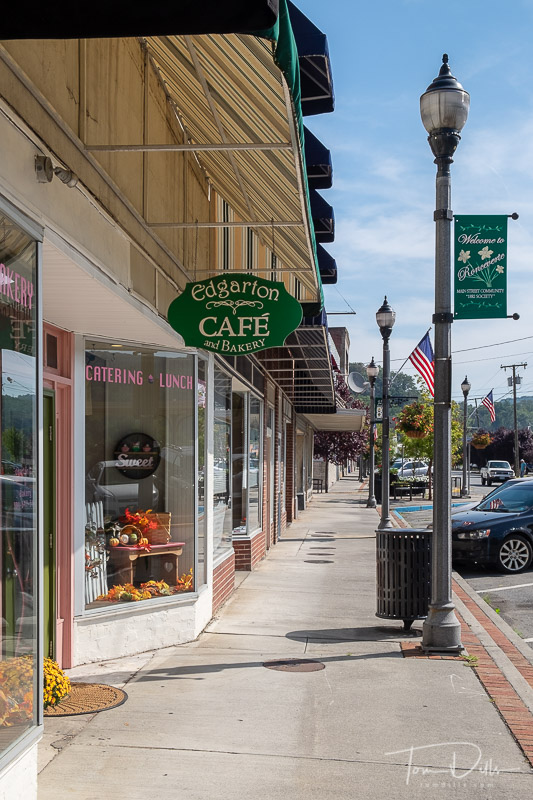
When we were in Italy, one of the highlights for us was exploring the towns of Tuscany on our photo workshop with Jeff Curto. Most of the places we visited seemed to be close to the original, and the commercialization fell way short of what we see here in the states. But a lot of the towns there, just like here, have undergone what I heard referred to as the “Rick Steves Effect.” Places that were once quaint and charming suddenly become famous and are overrun with tourists. Almost immediately these places lose what made them famous and become just another stop on the bus tour. It’s a lot like cruise ship ports – every one looks the same after a while because they all contain the same shops. But I digress….
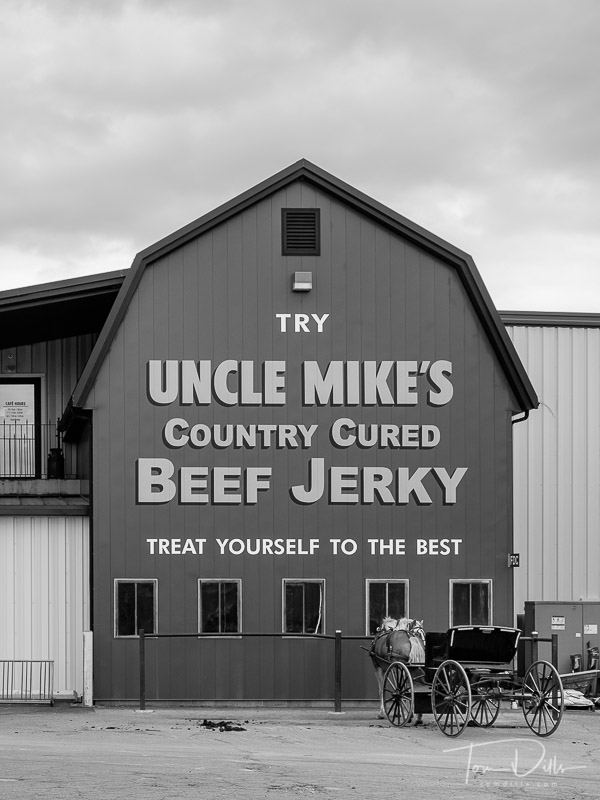
I often comment about how places have become “Disneyfied” in that what tourists see bears little or no resemblance to what the place is best known for. Multimillion-dollar developments replace straw markets and rum shacks in the Caribbean. Gift and jewelry store chains promoted by cruise lines and tour companies sell merchandise in glitzy shops. Merchandise that comes from parts of the world far removed from the place in which it is being sold. There’s obviously a market for that stuff, as these companies seem to be successful and growing. But it makes it hard to experience a place for what made it worth visiting in the first place.
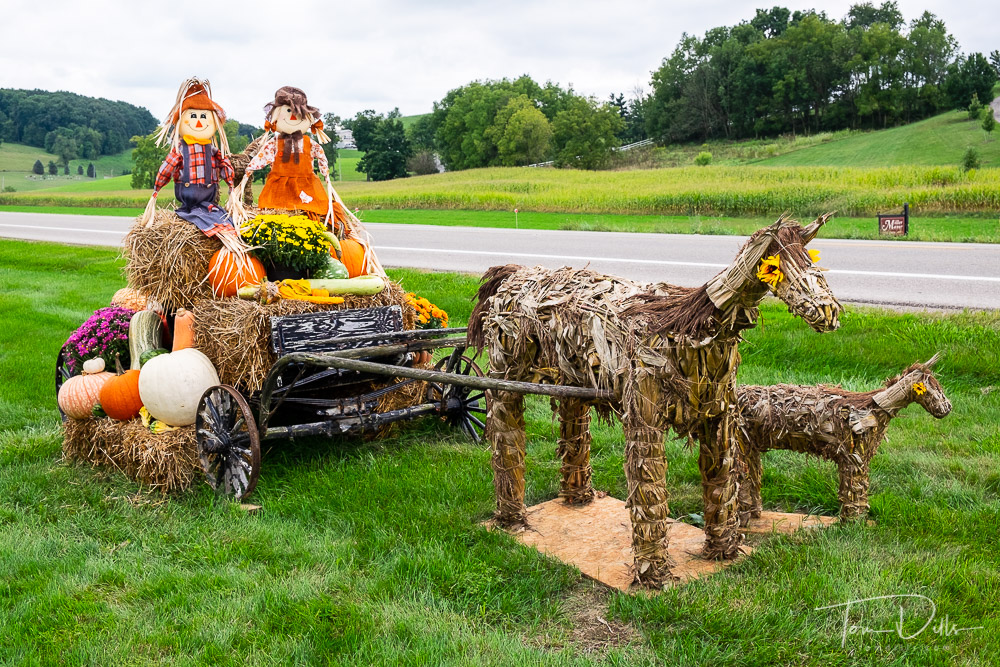
I know this may sound really negative, but that wasn’t my intention. It’s just that all of these things have gotten me to think about how I want to experience the parts of the country and the world that we visit. Do we want to check off a bunch of “must-see” tourist spots and buy the appropriate souvenirs, or do we want to seek out the undiscovered places that have as much or perhaps even more of the charm that made the famous places famous? Do we buy our souvenirs, take our selfies and move on, or do we slow down, look around and try to find the places that are just off the beaten path? It is an interesting challenge, for sure!
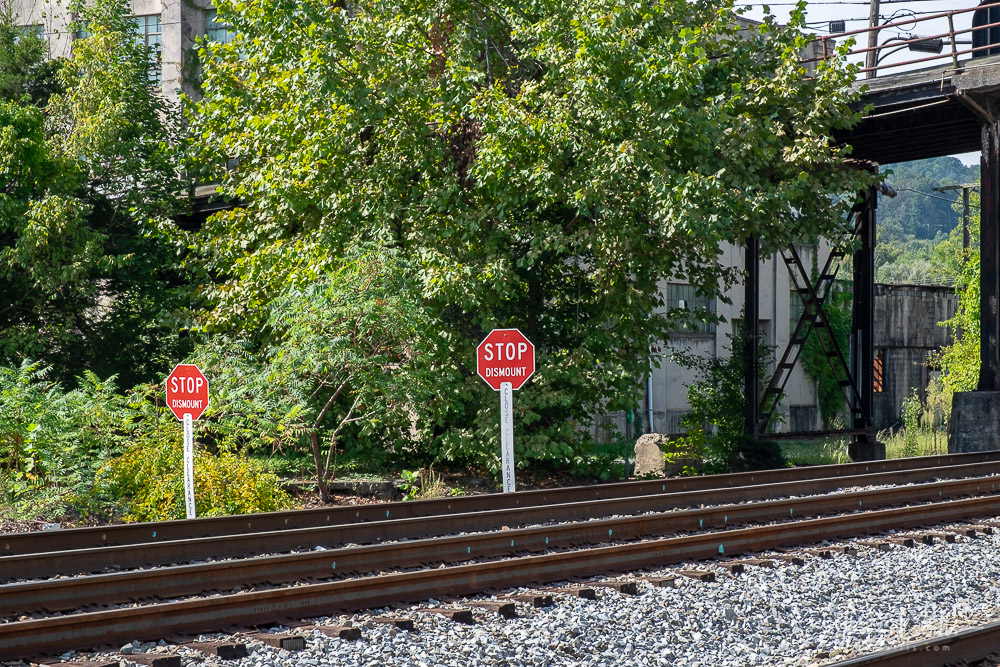
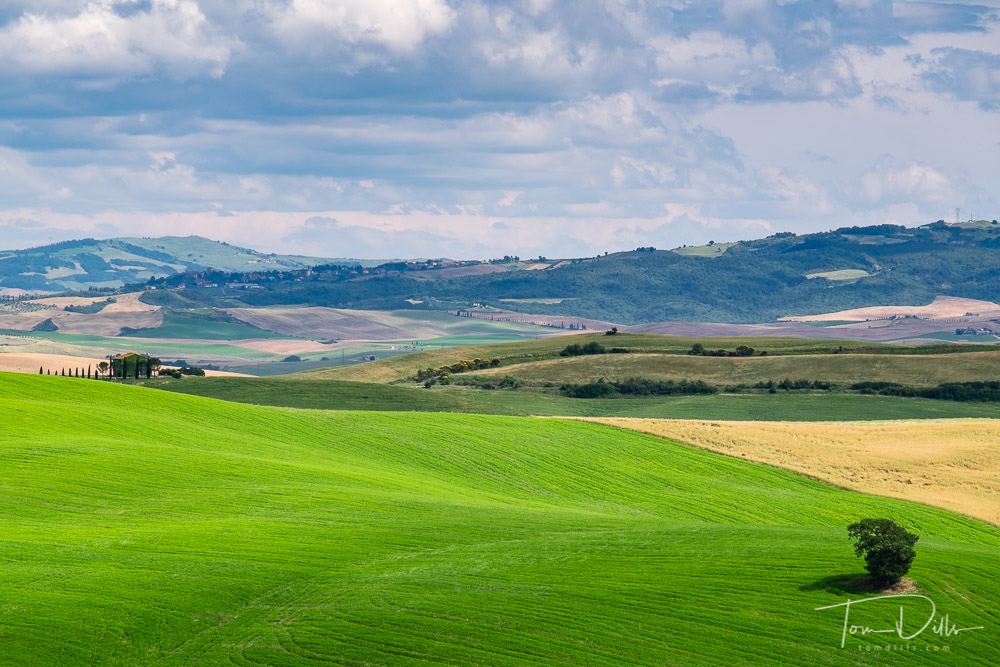
I wrote previously about our Venice, Florence & Rome tour and have been meaning for far too long to write about the second week of our Italy adventure. I keep promising myself to write more “in the moment” instead of months behind, but so far that hasn’t happened. Retirement is hard work!
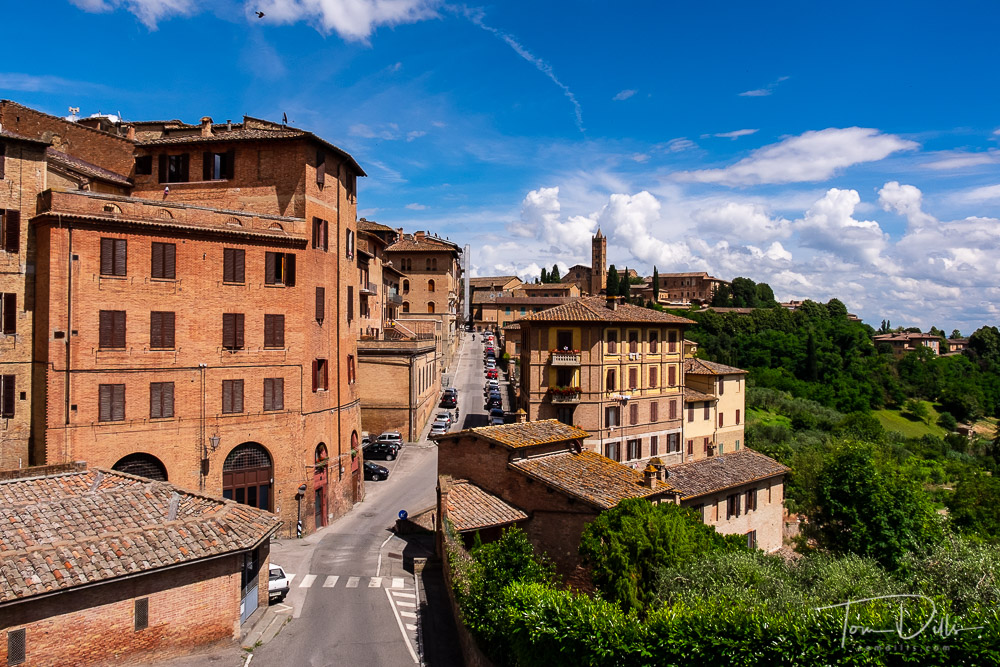
Italy began calling my name when I first saw Bob Krist’s photographs in Frances Mayes’ book In Tuscany. Although I’ve not seen Under the Tuscan Sun, I’ve read all of Mayes’ subsequent books about her life in Tuscany and in particular really identified with her description of the life, the people and the scenery of Tuscany, and I especially loved the idea of La Dolce Vita, Italian for “the sweet life” or “the good life.” Krist’s photos and Mayes’ narrative had captured my imagination and convinced me that Italy was a place that I needed to visit.
A trip to Italy had been “over the horizon” both literally and figuratively for years. When I thought of traveling to Italy, there were two ways I wanted to do it. First, I had been following Jeff Curto’s Camera Position podcasts for years, and when Jeff started doing his Photograph Italy workshops, I was convinced that I wanted to visit Tuscany “Jeff’s Way,” which would ideally be on one of Jeff’s workshops but could also be something we did on our own. Second, I’ve wanted to take a transatlantic cruise either to or from Italy, flying the opposite way, and spending time on land either before or after the cruise. A visit to Tuscany would undoubtedly have been a requirement of that option.
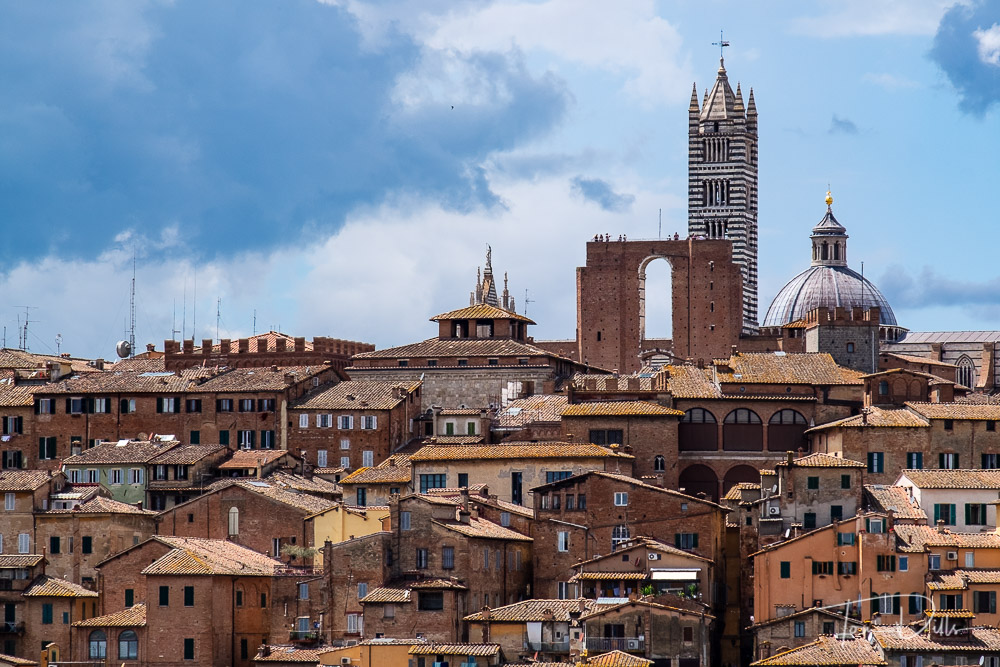
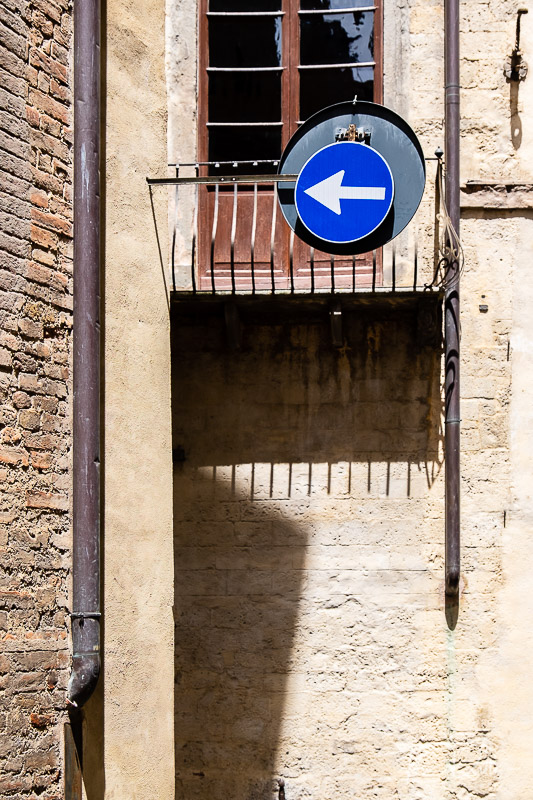
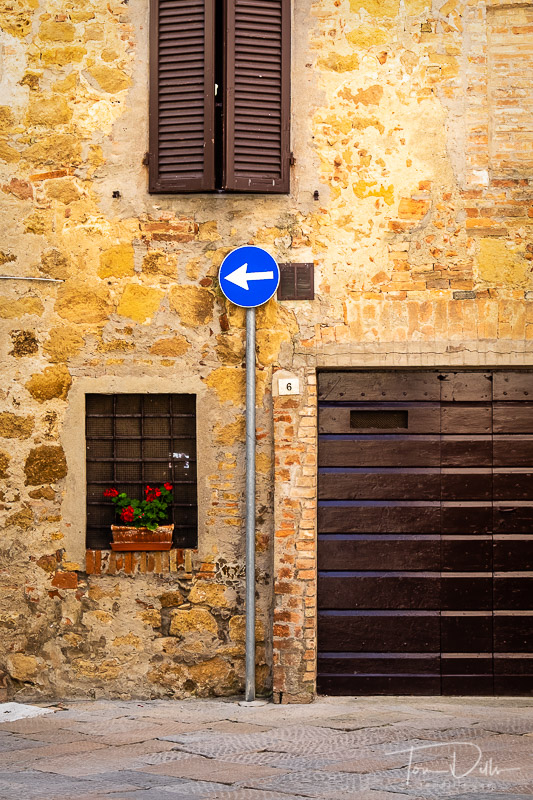
When Kathy & I decided to start planning a trip to Italy, our first idea was to fly there, do some kind of tour, then cruise back to the US. We wanted to do a tour there because of the logistics of navigating all the cities and towns with their congestion, crowds and parking restrictions. Not to mention the language, since neither of us speaks Italian! We wanted to leave the driving to someone else. We started looking at going in the fall, since the cruise ships that spend the summer in the Mediterranean start heading back “across the pond” in October and November and it should be easy to find one at a good price.
We began by looking at tours that would take us to the usual highlights of Italy – Venice, Florence, Rome, Pisa, etc. while spending an appropriate amount of time in Tuscany. Appropriate to me was at least 3-4 days, but very few of them spent more than one night with most of them being a “drive-thru” on the way from one place to another. For me to get what I really wanted would require organizing some kind of customized tour with a driver/guide to handle the navigation and logistics. After much looking and analyzing, one day Kathy looked at me and said, “you just need to do Jeff Curto’s tour. That’s what you’ve always wanted and you ultimately won’t be happy with anything less.” Yes, I love this lady 
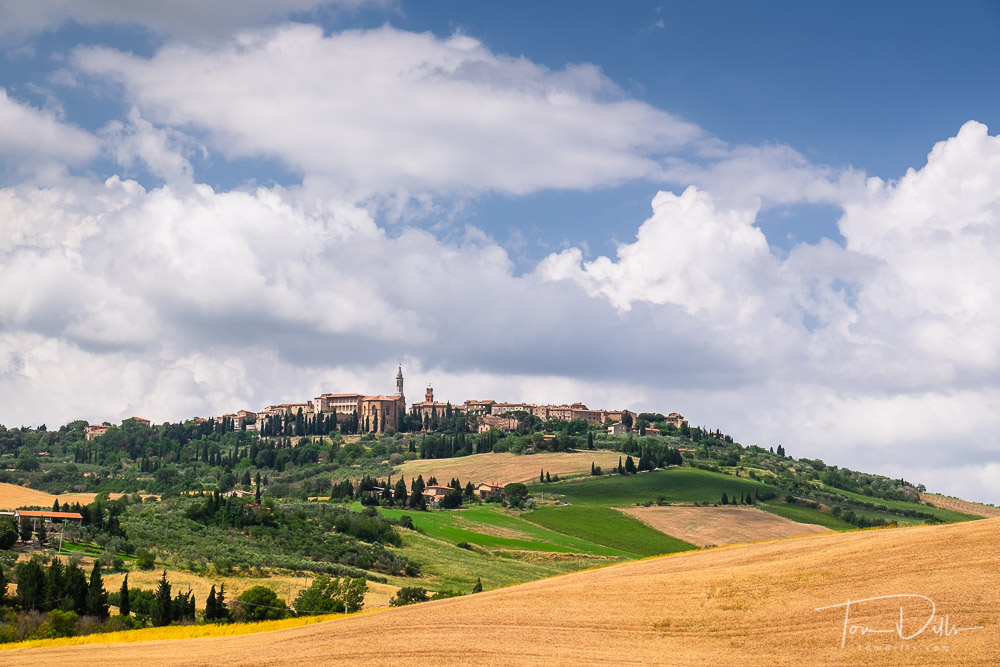
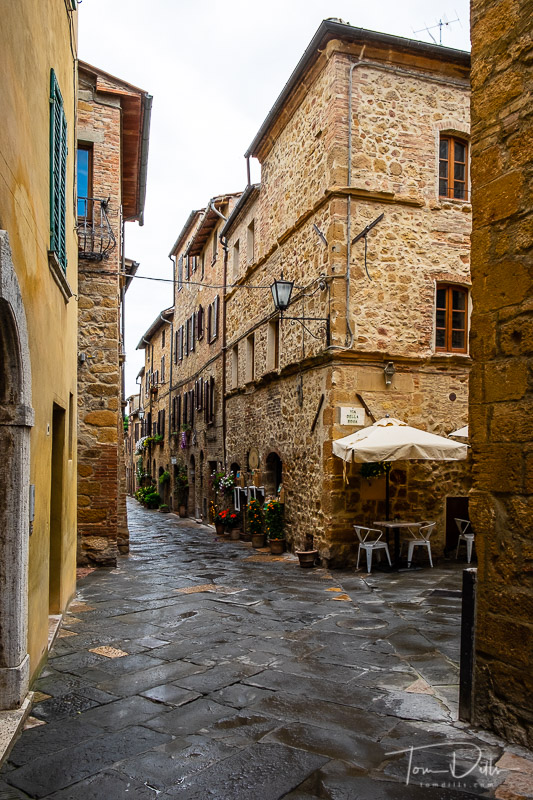
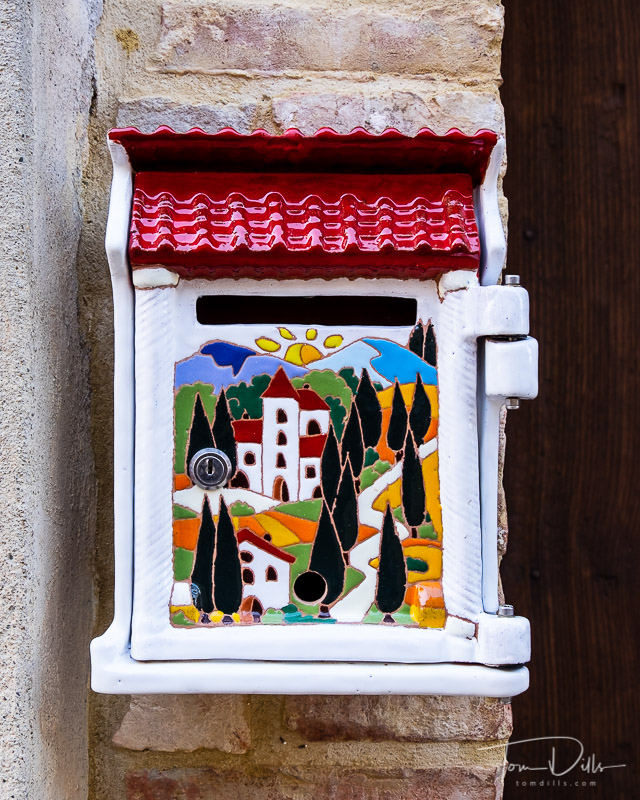
As I mentioned above, I had been following Jeff Curto’s Camera Position podcasts for years, and had come to love his teaching style and the fact that his focus is on “The Creative Side of Photography.” His Camera Position podcasts – and additionally, while he was actively teaching, his History of Photography podcasts – showed me a person with the personality, temperament and teaching style that I thought I would respond well to.
I had corresponded with Jeff several times previously and he was familiar with me and my interest. And rather than writing me off as another wishful-thinking wannabe, when I contacted him with questions about his upcoming registration and told him I was definitely planning to sign up, he “bent the rules” just a little to allow me to receive advance notice so I could get signed up. Another star in the “plus” column!
Because the workshops are limited to just 7 people, I needed to sign Kathy up as a participant even though she likely would not be picking up a camera. Fortunately, she doesn’t usually mind carrying one of mine, especially now that they are smaller and lighter! And with the promise of daily excellent food and yummy wine, she wasn’t a hard sell. Jeff was kind enough to adjust the fee for the fact that she would not need instruction and would not be participating in the critiques.
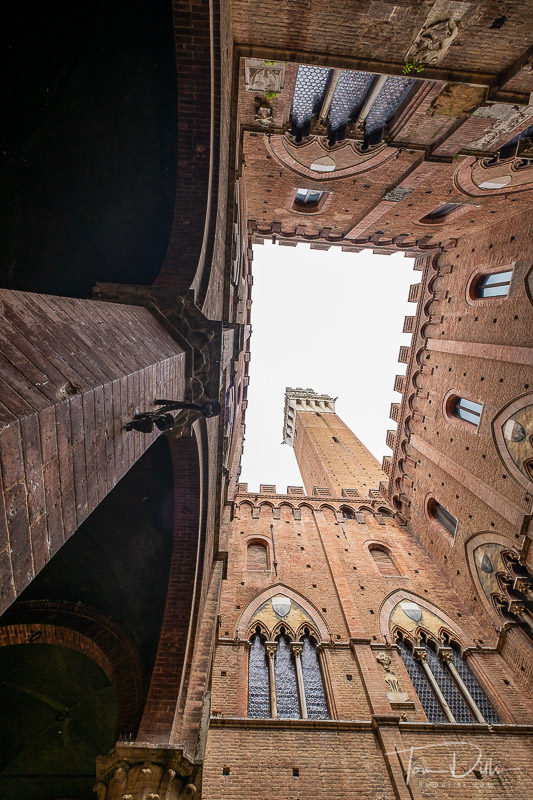
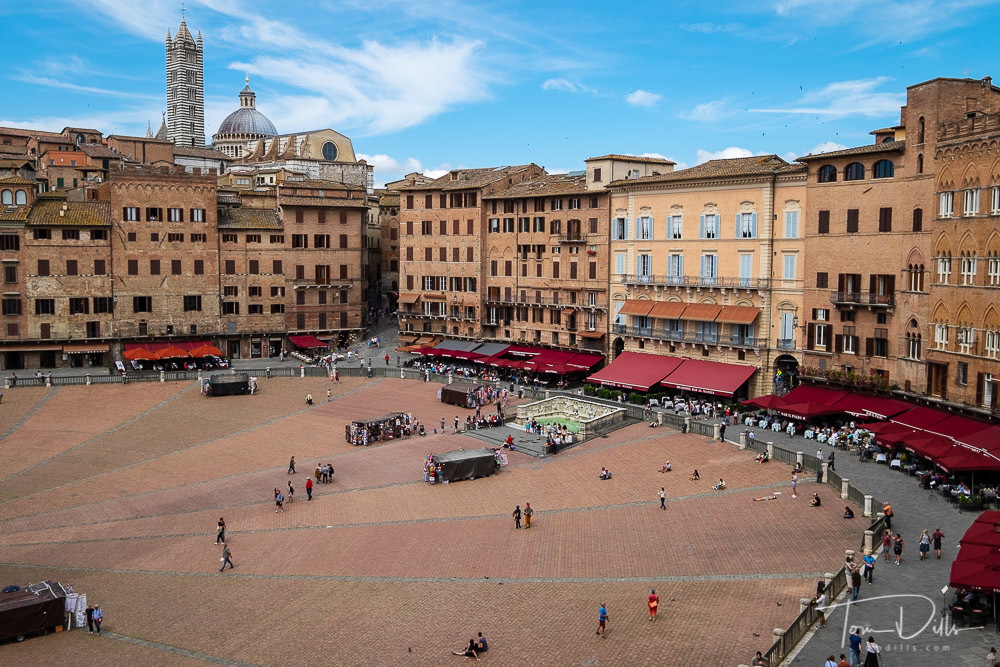
From the time we signed up to go, Jeff provided regular and comprehensive communications, with tips and ideas for our planning, things to remember to bring and even “homework” to allow us to prepare for getting the most out of the experience. All of the participants are on Facebook, so he set up a private group so we could get to know each other a bit ahead of time by sharing articles, questions and photos. By the time we were ready to go, all our questions were answered and we just had to show up!
Kathy & I had chosen our earlier Tauck tour partly because it ended in Rome on the day the photo workshop was to begin. It was an easy 10-minute taxi ride from our hotel to a piazza near the Pantheon, where we arrived early and had time to wander a bit before the rest of the group and our van arrived. As it turned out, the rest of the group had stayed in a hotel adjacent to the piazza and had met for dinner the previous night. Since that was the last night of our Tauck tour and was the night of our after-hours visit to the Sistine Chapel, we missed out on that dinner. Otherwise it was a piece of cake to catch up with Jeff and the other members.
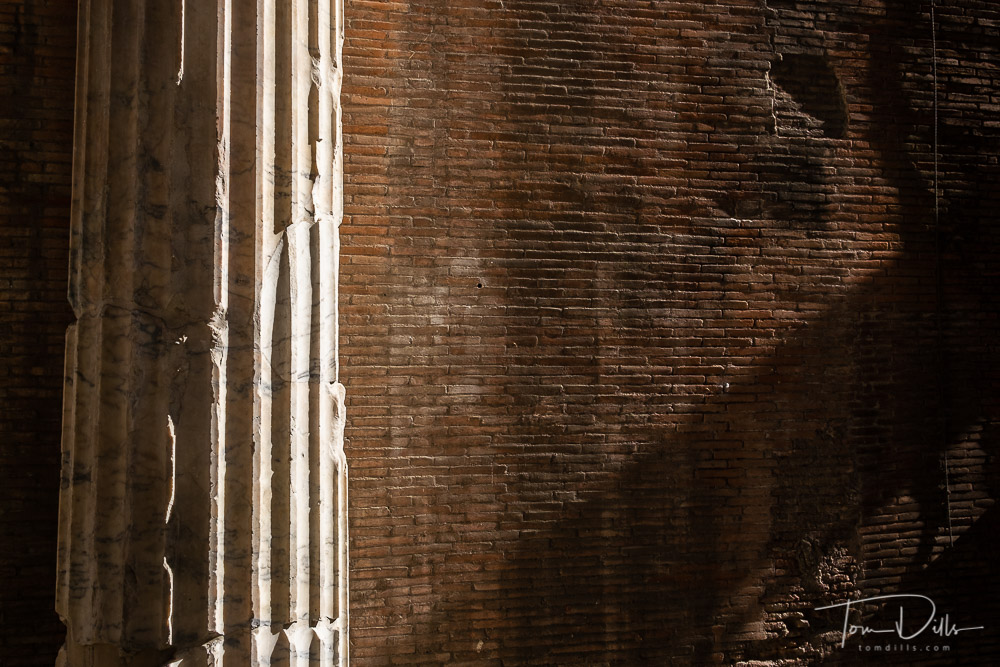
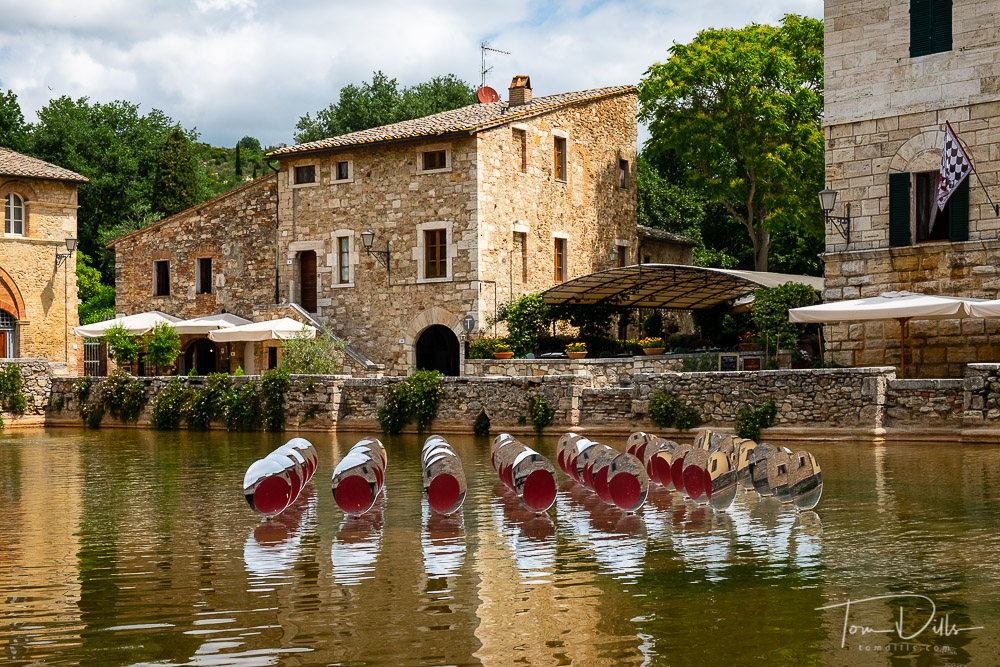
I won’t go into excruciating detail about the agenda, because it is available on Jeff’s website. I will say, however, that the entire experience completely met and exceeded my expectations. We spent the week in the Tuscan hill town of Pienza, and while everyplace else we went was fantastic, I could easily have spent the entire week in and around Pienza. Our hotel there was family-owned with nice rooms, a decent restaurant, a great location and very comfortable. The town itself was lovely, with many shops, restaurants, interesting churches and architecture, and beautiful views of the Val d’Orcia. The daily workshop schedule was relaxed but productive, and the fellowship and camaraderie of the group was exactly as I had hoped.
Our group “classroom” sessions sometimes involved standing under a tree in the shade and listening or watching, sometimes involved the group gathered in his hotel room with a television for viewing images. Whatever the venue, Jeff was very informative and provided the inspiration and encouragement needed to benefit from the experience. Jeff would be a great instructor anywhere, but his passion for photography and for Tuscany comes through in his enthusiasm for the workshops.
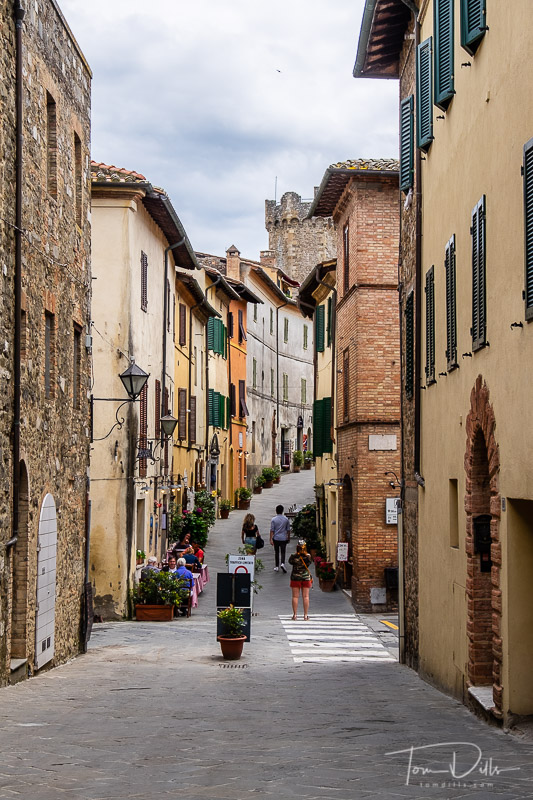
Jeff based the amount of tutoring and teaching in the field to each individual person. The background of each participant varied in age, profession and experience. Kathy was the only non-photographer, but as I’ve previously said, she sees and thinks like a photographer, the only thing that keeps her from being one is that she won’t use a camera! One other person, who is the spouse of another participant and who was picking up a camera for virtually the first time, had very little experience. The others were all experienced photographers with impressive travel experience and previous workshops on their resumes and with similar objectives for the week.
The “final exam” for our workshop was for the participants to select a group of images and put together a themed slide show. We had a choice of software to use (I used Lightroom) and we each created a 20~ image presentation that we set to music and shared with the group. Jeff also published them on his website. I was the “overachiever” of the group 

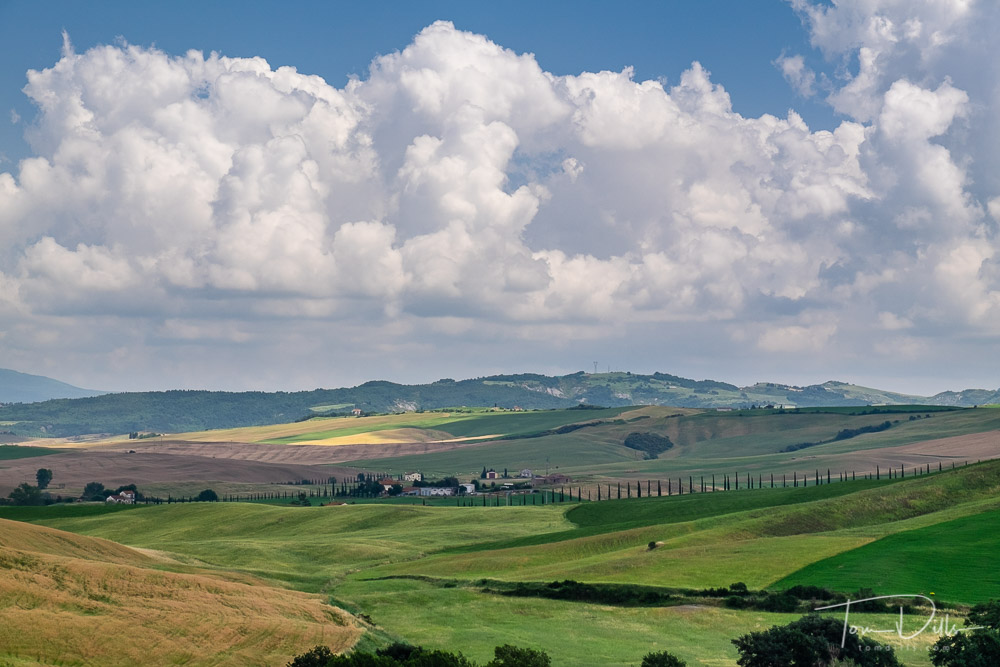
I feel like a came away from the week in Tuscany with 7 new friends: Jeff and his wife Mary Pat were excellent hosts, and the other 5 participants were great companions on our adventure. Although we were only together for a week, Kathy & I had lunch with Jeff & Mary Pat several times and feel like we’ve been friends forever. While it would cement the relationship to go on a few more workshops 
I could be happy going back to Italy in general and Tuscany in particular every year for a long time. The only thing really holding me back (besides the obvious: funding) is that there are many other places I’d also like to see. I do hope to get back to Italy, to Tuscany and on a Photograph Italy workshop in the near future. In the mean time I’ll see what I can do about getting to some of those other places!
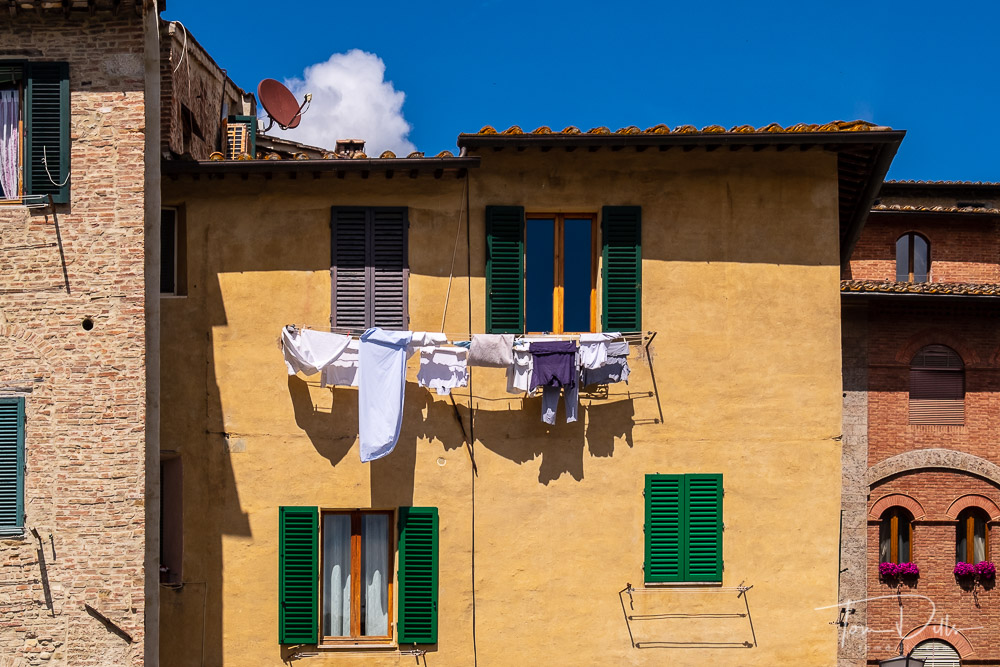
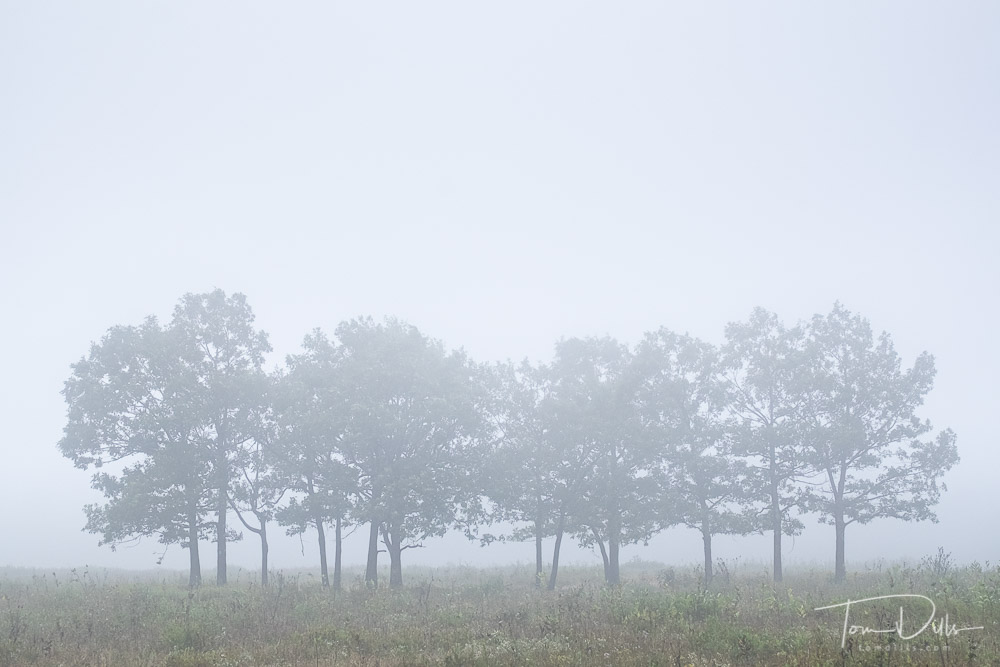
I don’t usually talk about gear any more, but the recent new camera announcements from Canon and Nikon, and more recently Fuji, Panasonic and Sigma have gotten me thinking about cameras. Not to buy a new one, I promise! Just thoughts on what cameras we buy and why we buy them.
When the so-called mirrorless cameras came out, the whole idea – at least in my mind – was the ability to have a high-quality camera in a size that was smaller and much lighter than all of the full-size gear we had been hauling around. Small and very capable cameras from Olympus, Panasonic, Fuji and others paved the way for a lot of folks to “downsize” to a camera and lenses that had excellent image quality without having to haul around a bag of bricks. For myself, unloading 30+ pounds of Canon gear and replacing it with the smaller and lighter Fuji gear was a welcome change. No longer did I have to carry my camera equipment in a suitcase that weighed more than my clothes! I specifically remember checking into a hotel one time and having the bellman pull my Think Tank Airport Monstrosity out of the trunk with a “what the heck is in this thing…library books?” question. Ah, not exactly!
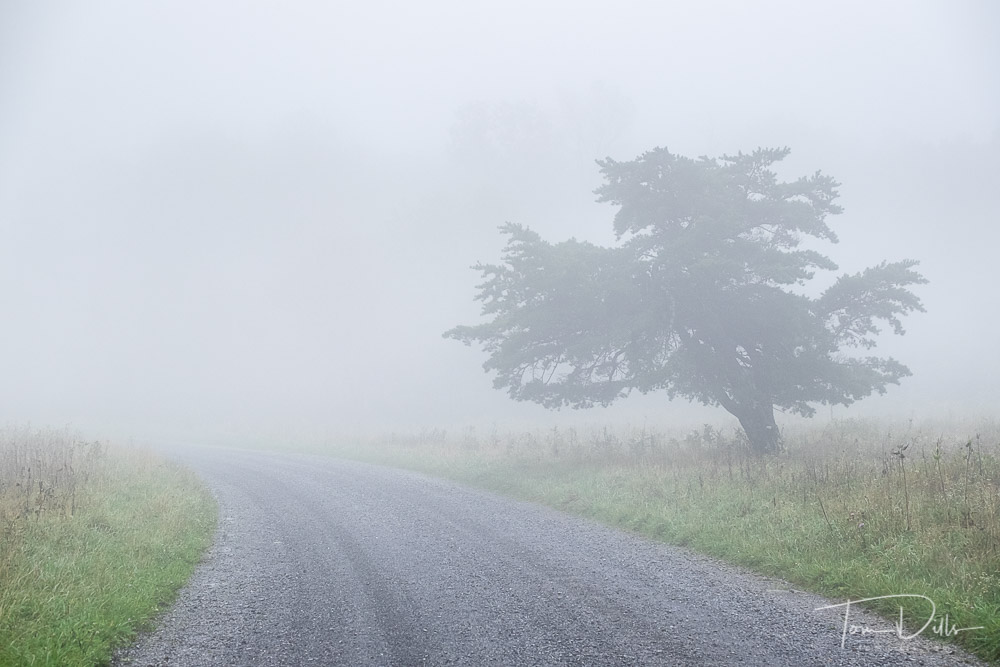
Inevitably, some companies started working toward the idea of the “full frame mirrorless” cameras. After a slow start, Sony has become a major player in a field. I know a number of folks that have converted to Sony cameras, but it always interests me that those cameras and lenses are as big and heavy as the cameras they replaced! Canon and Nikon have recently introduced their own versions of these “full frame mirrorless” cameras, but they are nearly as large as my old 5D and lenses. What happened to smaller and lighter?
Ever since I traded in my medium format Mamiya 7 film camera for my first 5D, I hoped that some day there would be a digital equivalent of that Mamiya camera. Fuji just announced a camera that comes very close, but at $4500 for the body it is out of my price range, and it is huge! Nothing like the Mamiya 7, 3 lenses and a box of 5 rolls of film that I was able to put in a fanny pack. Airport Monstrosity 2.0 here we come!
I’m really happy with my decision to move to the smaller APS-C Fuji cameras and lenses. Right now my “ancient” X-T1 is still better than I am, and while I may eventually succumb to the siren song of a newer model, the stuff that I have suits my needs just fine. It is interesting to watch where all the technology is headed, but watching from the sidelines is a pretty comfortable place to be!
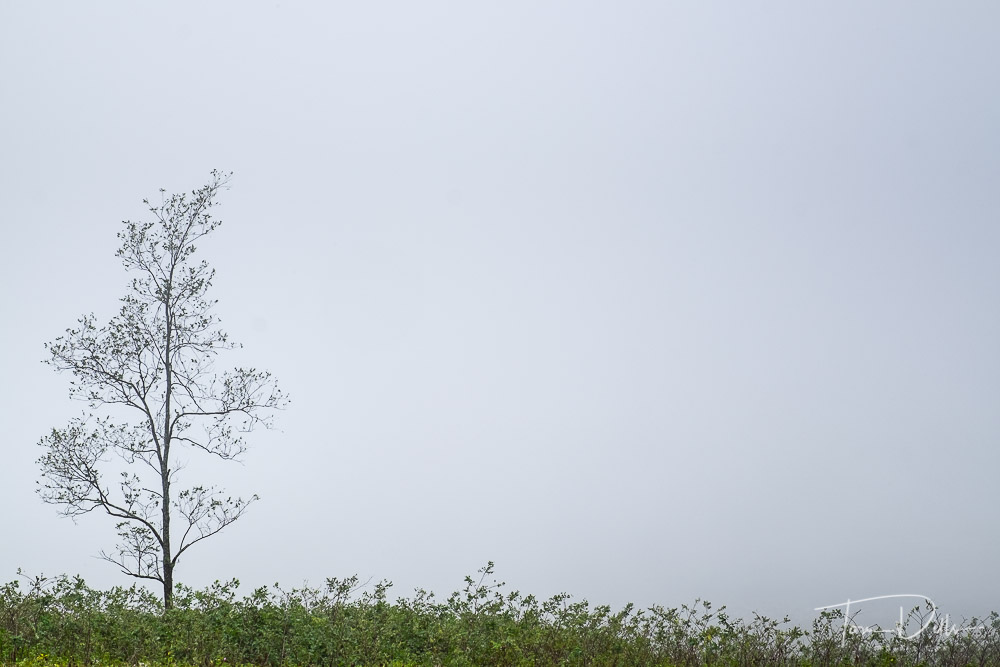
For fun, here is a link to a size comparison on Camerasize.com.
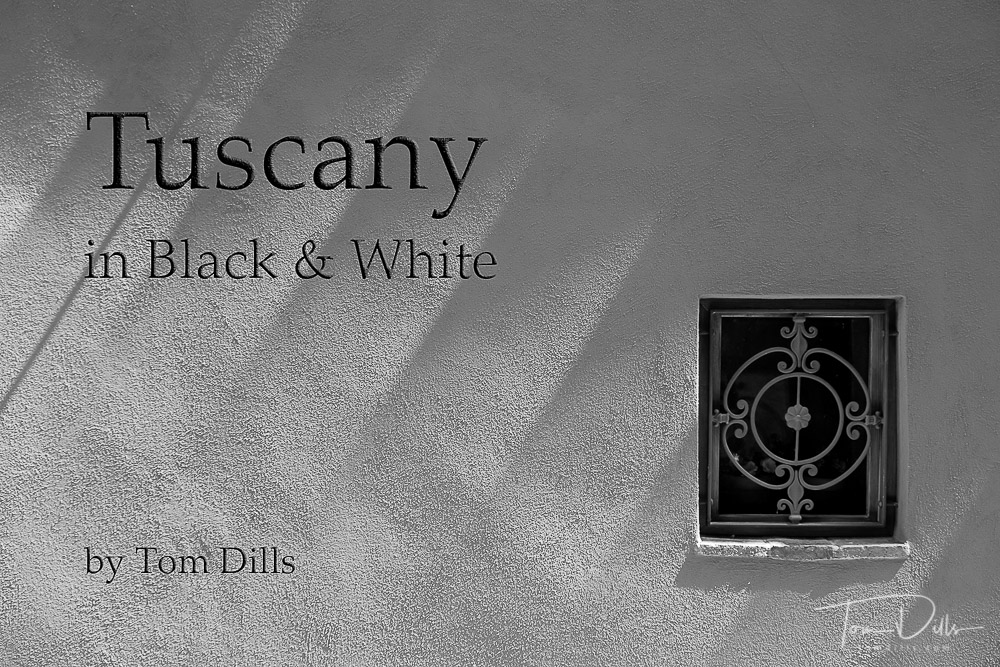
I posted previously about having made a slideshow of color photos from our Tuscany workshop. A personal project of mine has been to get better at seeing and photographing in Black & White. I recently created a separate slideshow to showcase my progress toward that goal. Link to video is below.
Thanks to Jeff Curto for his encouraging feedback and for hosting the videos until I get my own Vimeo page set up!
Video is here:
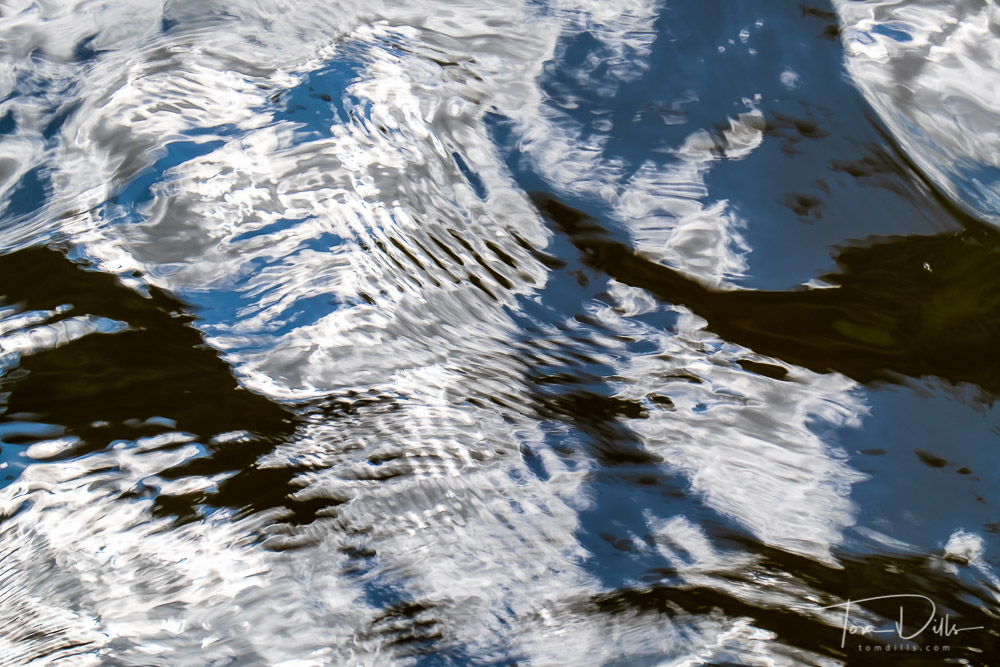
Making a slight diversion from working on and posting about Italy photos….

I first heard the term “stochastic photography” in a post by Ctein on The Online Photographer way back in 2010. It’s sort of a refined version of pointing your camera at something, taking a boatload of pictures and hoping some of them come out in a way that is pleasing or that somehow meet the intention of what you were trying to capture. As in “I’ll know it when I see it.” I don’t always remember to use that technique, although I often recognize situations where it might be appropriate. Sometimes I even have my camera with me. While I don’t generally care to make my photographs “about the technique, ” sometimes the technique helps to define the photographs. Post-visualization perhaps, rather than pre-visualization?
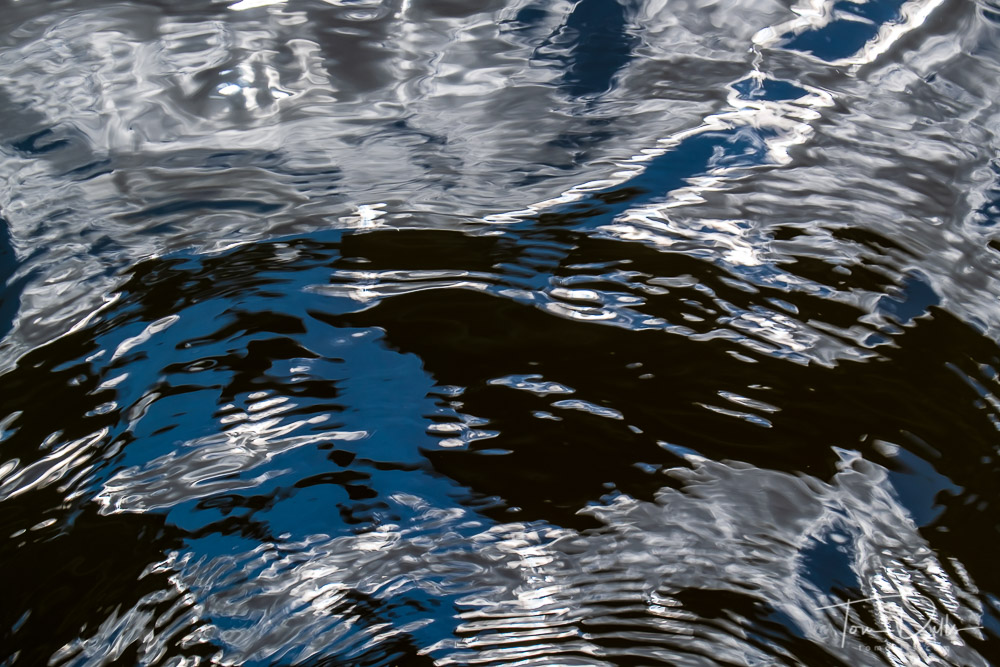
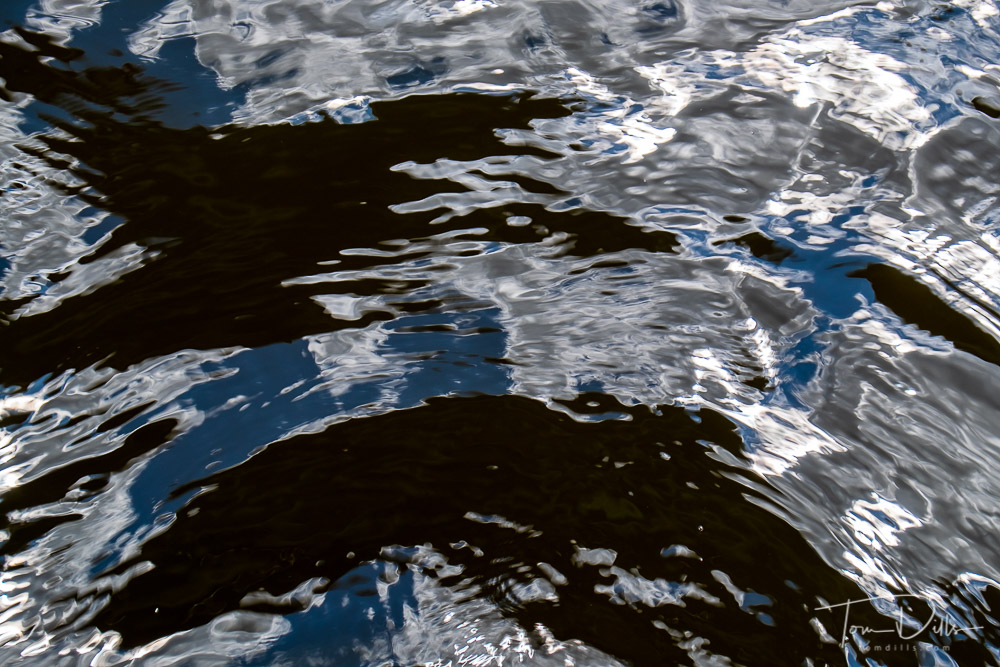
Kathy & I spent 4th of July week out in eastern NC, in New Bern and Belhaven. One morning we stopped at the Bell Island Pier, which is a fishing pier within the Swan Quarter National Wildlife Refuge, near Swan Quarter, NC. It was a beautiful day, with towering cumulus clouds and a deep blue sky. I noticed the reflections of the sky in the water and decided to see what I could get.
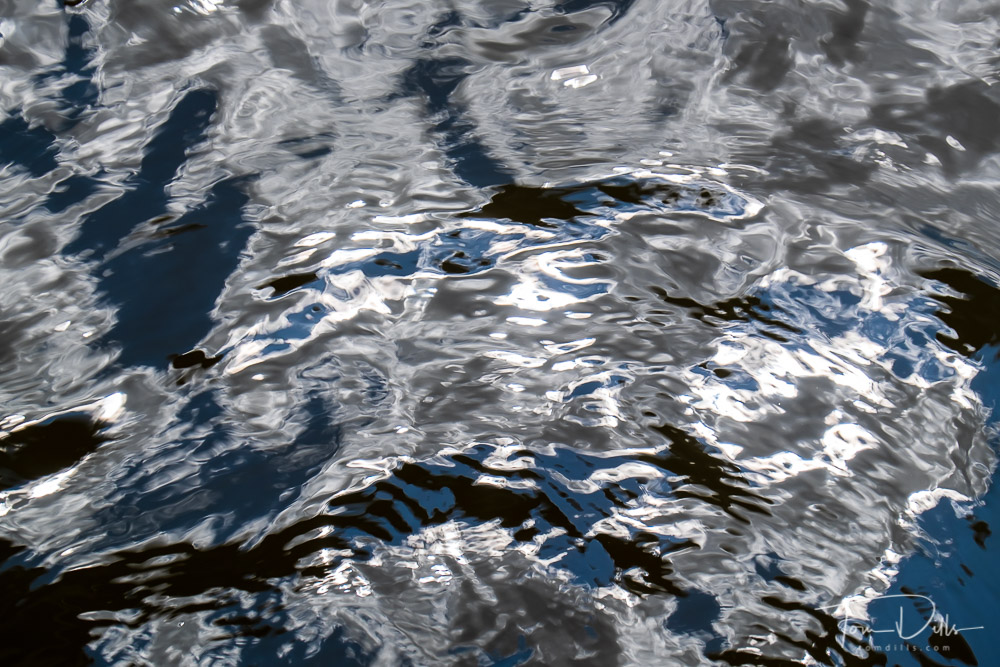
Over the course of about 4 minutes I fired off a little more than 100 shots. It’s a little hard to tell which ones are “successful” but I’ve put together a little collection of a few that I liked. The ones that “feel right” to me have a nice balance of light and dark, color and no color, with an interesting pattern. I may decide later on that there are others I like or some that I don’t like, but that’s part of the fun!

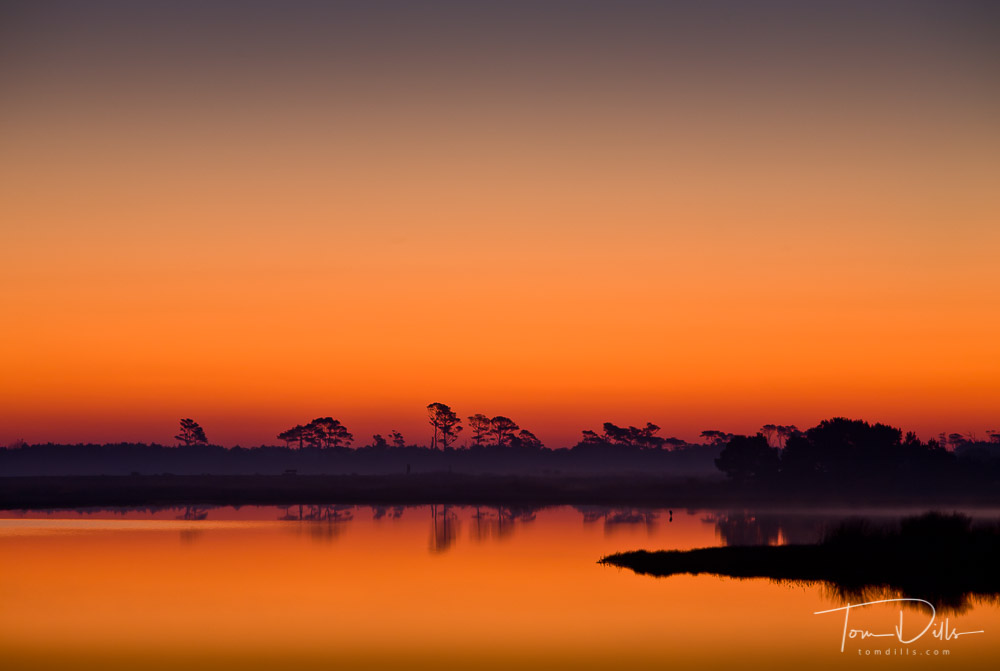
There was a recent post on The Online Photographer titled “How to be a Professional Photographer” where Mike Johnston commented about how difficult it was to make a living as a professional photographer. There were a number of comments both in support of his post as well as lamenting the difficulty of the profession. There were also a few humorous comments.
The joke that I’ve always loved about being a professional photographer goes something like this: An amateur photographer is someone who has a good job so they can buy nice gear and travel to exotic places to take photographs. A professional photographer is someone whose spouse has a good job so they can buy nice gear and travel to exotic places to take photographs. Somehow that’s never worked for me – I couldn’t get the spousal support I needed to pursue my passion. I’m kidding, of course!
Kirk Tuck chimed into the conversation with a thoughtful comment and a post on his own blog. Most of Kirk’s post was his usual well-reasoned commentary. He is a professional photographer with a lot to be proud of. He has seemingly mastered the business side of the business while staying current with technology and changes in the marketplace. His is a voice to pay attention to when it comes to operating a photography studio as a business. The statement that got a little under my skin, however – probably because it is a bit of a sore subject for me – was when he said that “retirement is only for people who didn’t like their careers.”
Of course the publishing world is full of people writing about how everyone should be pursuing their passion/finding their North Star/determining the color of their parachute, etc., and that if they aren’t living their dream they need to (after buying the author’s particular book, of course) set off on their own path of self-discovery and do their own wonderful passion-inducing thing. Wouldn’t that be lovely? In my opinion, very few folks are fortunate enough to even figure out what they are passionate about, let alone have all the skills and (to a certain extent) good luck required to actually make a living from their work. And that assumes they figure out what they are passionate about early enough in their life to actually do something about it!
The rest of us get jobs. Even if it is banking or insurance or hospitality or something that isn’t terribly glamorous, hopefully our jobs provide enough of whatever kind of satisfaction we are looking for, pay enough to cover the rent and save with a little left over to spend on something fun. If we’re really fortunate we are able to keep our jobs long enough to call it a career while saving and investing responsibly so that at some point we can walk away from work and do something – anything – else. Not that our work sucks or that our careers have been a failure, it’s just that instead of “pursuing our passion” we found a good enough job that we were able to do long enough to finally be able to walk away. That’s not failure, it’s a different kind of success!
Retirement is a subject I’ve spent a lot of time thinking about and preparing for. I’ve had a great career and am proud of what I’ve accomplished over 40 years in banking. Even though I haven’t been “pursuing my passion” by someone’s arbitrary standards, I’m very happy with the direction things have taken and am looking forward to being able to explore the world with the person I love without the constraints and distractions of work. And that is something I’m very passionate about!
Last day at work – for both me and Kathy – is May 25!
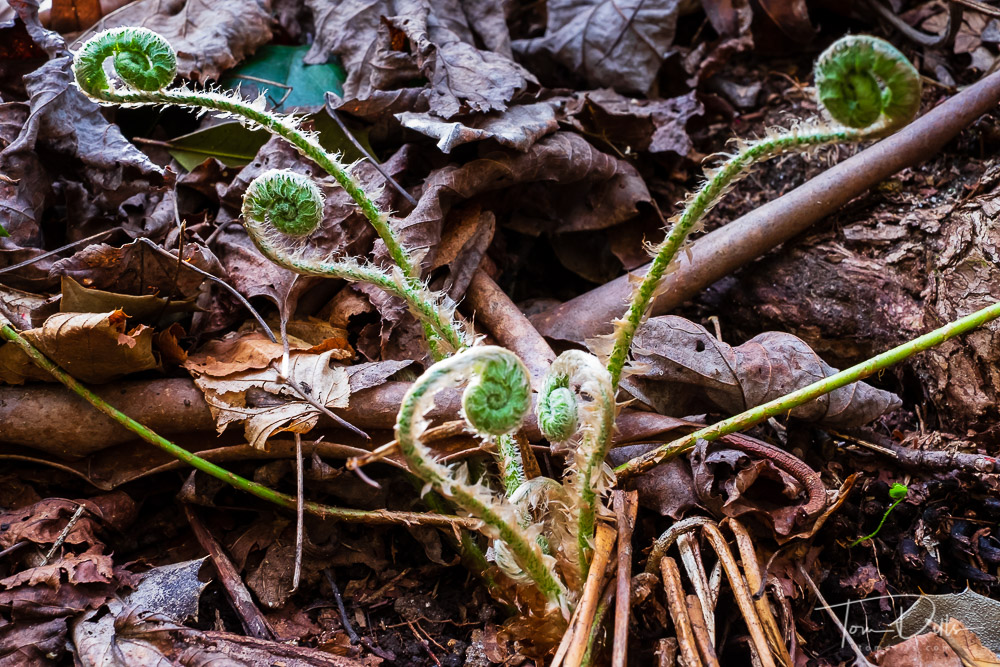
Here in the Piedmont of NC spring has been springing for several weeks, and we are almost into early summer. The dogwood have been out for a week and the hardwoods are unfurling their new leaves.
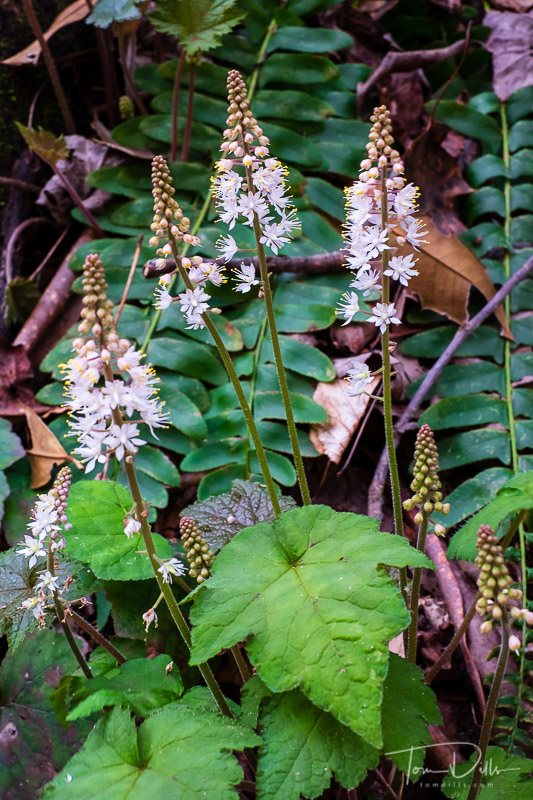
Several weeks ago Kathy & I visited South Mountains State Park for a little hiking and sightseeing. The park is west of Charlotte, about halfway to the “real” mountains, and a slightly higher elevation, so spring was a couple of weeks behind us here.
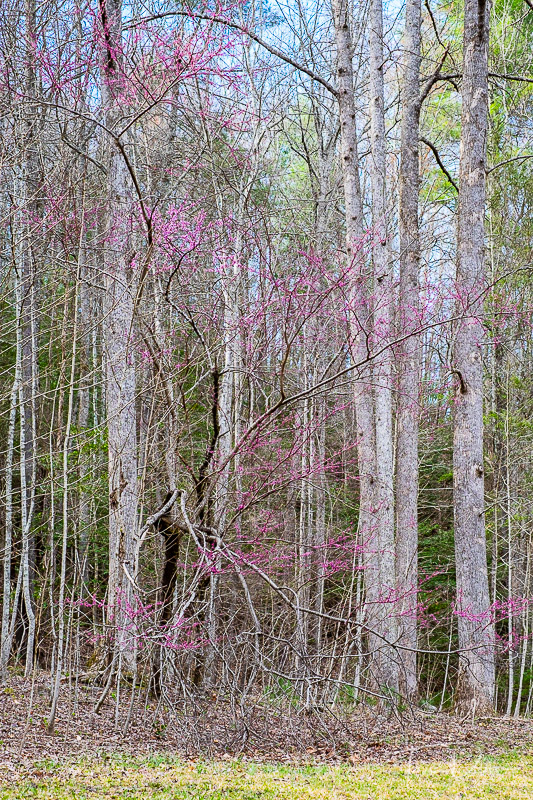
One thing I love about spring is looking through the woods and seeing just the hint of green. I think that “Spring Green” is a shade of color unique to new growth leaves, and to me it speaks as much about the seasons as the fall colors do about fall. Coupled with redbud and the occasional other early bloomers, they make for a hopeful sight after the gray of winter.
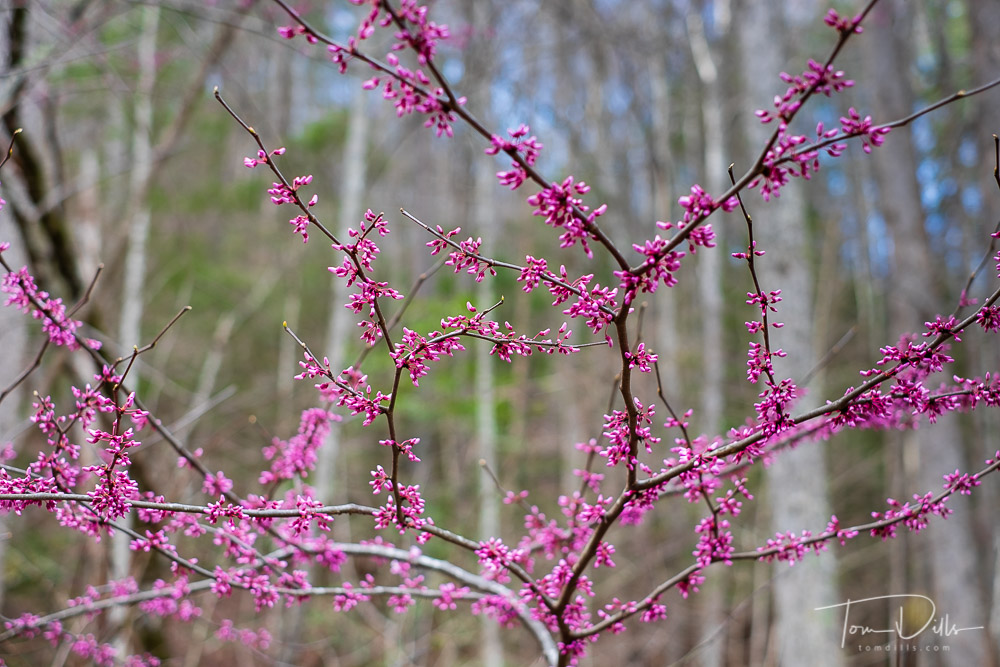
These photos won’t do much to show off my nature photography skills, but they do a reasonable job of showing the spring that we saw as we explored the park.

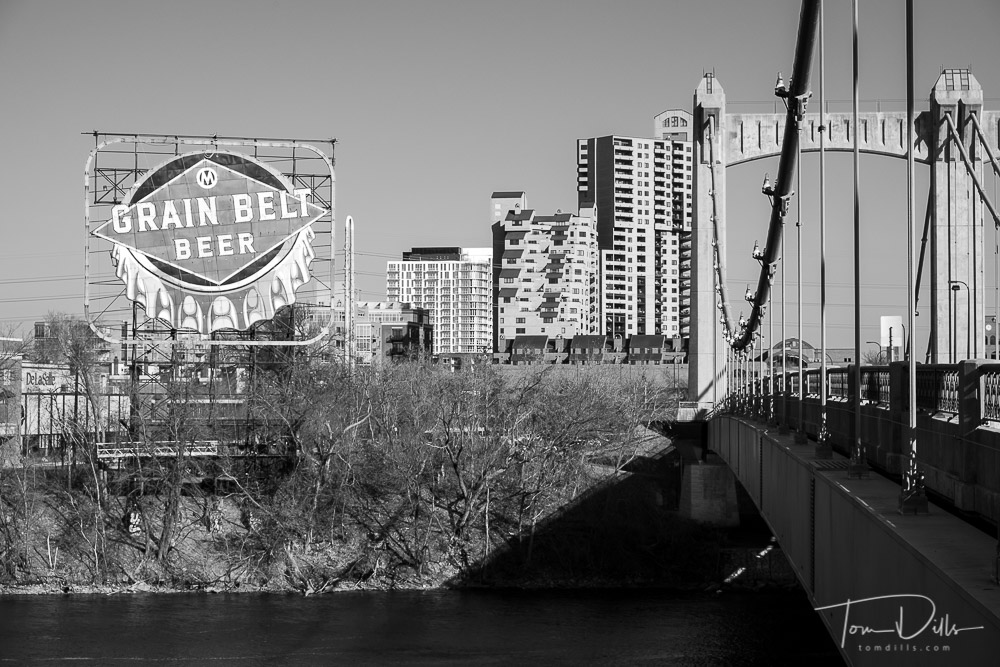
I don’t usually get too excited about software, but the most recent update to Lightroom has me pretty intrigued. Most of the changes were cosmetic in nature, related to the layout of certain menu items. But Adobe has introduced some new and improved Develop profiles that I really like. I’ve never been able to come up with black & white conversions that I was consistently happy with, but some of the new profiles are pretty sweet. I might even give Monte a run for his black & white money! The color profiles are pretty nice too. I’m still working and fiddling with them, but I think I may have found some new tools!
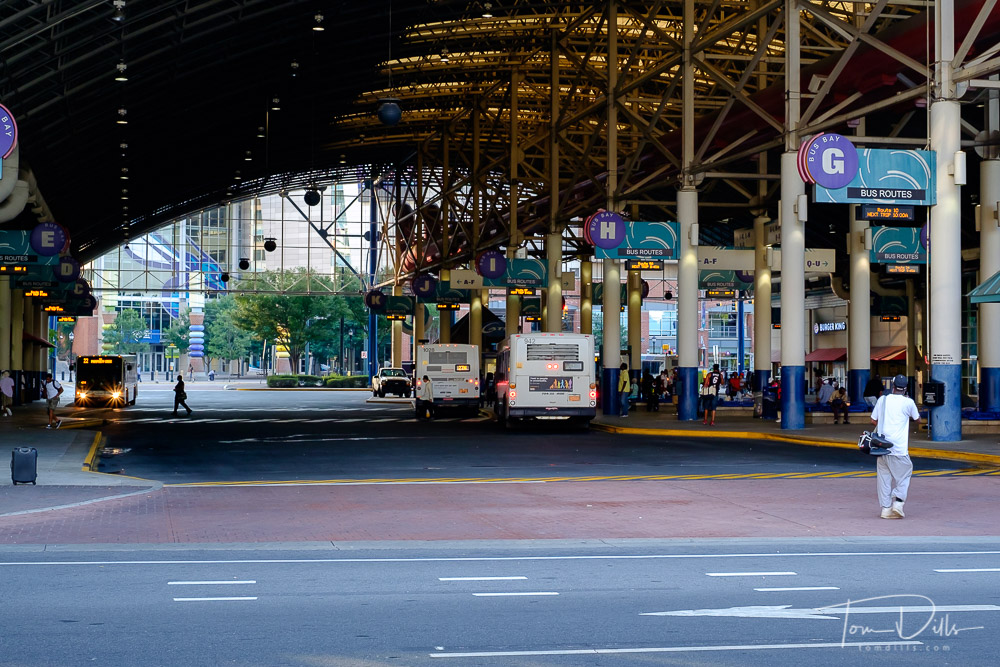
It always interests me to see how people tend to refer to their equipment in more specific terms the newer or more expensive it is. I was reading a recent blog post that was commenting on the age-old (at least 10 years!) argument about whether phones were “real” cameras. Never mind the argument (which I think is silly), but the writer stated that “there are significant differences between my iPhone 8’s camera and my OM-D E-M5 Mark II, not to mention some newer full-frame cameras.” Well, no sheet, Sherlock!
The thought that went through my mind when I read that sentence was that, if he were shooting with a 3-generations old Android phone (like me) or a hopelessly obsolete mirrorless camera (like me) he might not have been so quick to mention his gear. Is that what is referred to as “humblebrag? As in, “I had a hard time finding a suitable parking place for my Porsche?” Anyway, my weird thought twists on this Saturday morning.
I hope everyone has enjoyable holiday week/weekend, whichever holiday (if any) they choose to be observing.
